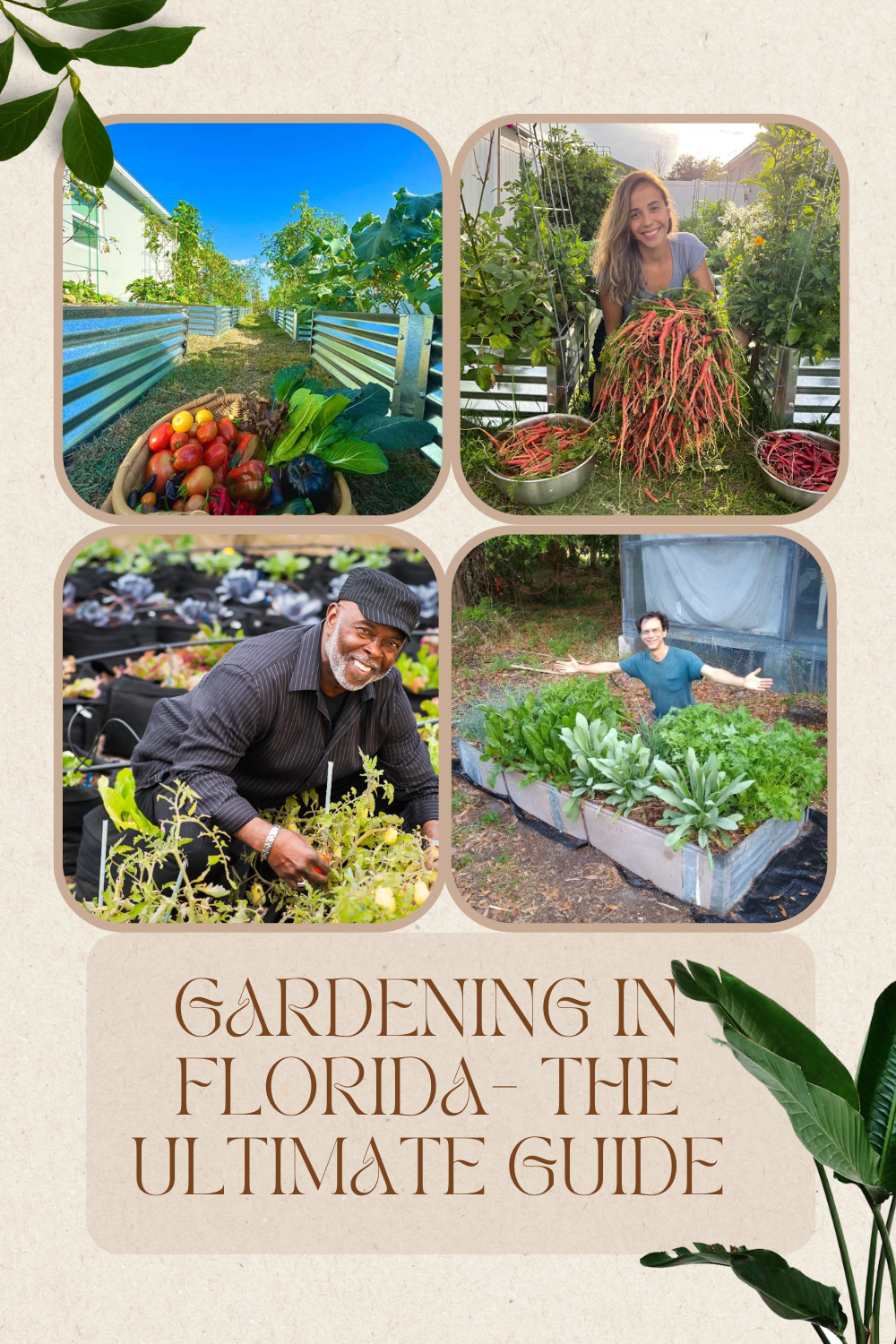Gardening in Florida can be a rewarding experience due to the state’s unique climate and diverse ecosystems. However, it also comes with its own set of challenges and considerations. Here are some key points to help you get started:
Climate of Florida
Florida is characterized by three main climate zones, each with distinct characteristics and USDA hardiness zones:
- North Florida (USDA Zones 8-9): This region experiences more temperate conditions compared to the rest of the state. Winters can be cool, with occasional frosts and freezing temperatures. Summers are hot, but the overall climate is less tropical than further south. Notable cities in this zone include Tallahassee, Gainesville, and Jacksonville.
- Central Florida (USDA Zones 9-10): Central Florida has a subtropical climate, marked by mild winters and hot, humid summers. This region rarely experiences frost, making it ideal for a wide range of subtropical plants. Cities such as Orlando, Tampa, and Daytona Beach fall into this zone.
- South Florida (USDA Zones 10-11): South Florida boasts a tropical climate with very mild winters and long, hot, humid summers. Frost is almost unheard of, allowing for tropical vegetation to thrive year-round. This zone includes major cities like Miami, Fort Lauderdale, and Naples.

Soil of Florida
Florida’s diverse soil types play a crucial role in its agricultural productivity and natural vegetation. Understanding these soil characteristics helps gardeners and farmers choose appropriate plants and management practices to optimize growth and productivity in Florida’s diverse environmental conditions. Here’s a detailed overview of the main soil types in Florida:
1. Sandy Soil
Sandy soil, common in Florida, has large particles and drains quickly but lacks nutrient retention. It’s low in organic matter and requires amendments like compost or mulch to improve its structure, water-holding capacity, and fertility for plant growth.
- Prevalence: This is the most common soil type found throughout Florida.
- Characteristics:
- Drainage: Sandy soil drains very quickly, which helps prevent waterlogging but can also lead to drought stress for plants.
- Nutrient Retention: It doesn’t hold nutrients well due to the large particle size and low organic matter content. Nutrients can leach away rapidly, making fertilization necessary for most crops.
- Improvement Tips:
- Organic Matter: Adding compost, peat, or well-rotted manure can improve soil structure, water retention, and nutrient-holding capacity.
- Mulching: Using mulch can help retain soil moisture and add organic matter as it decomposes.
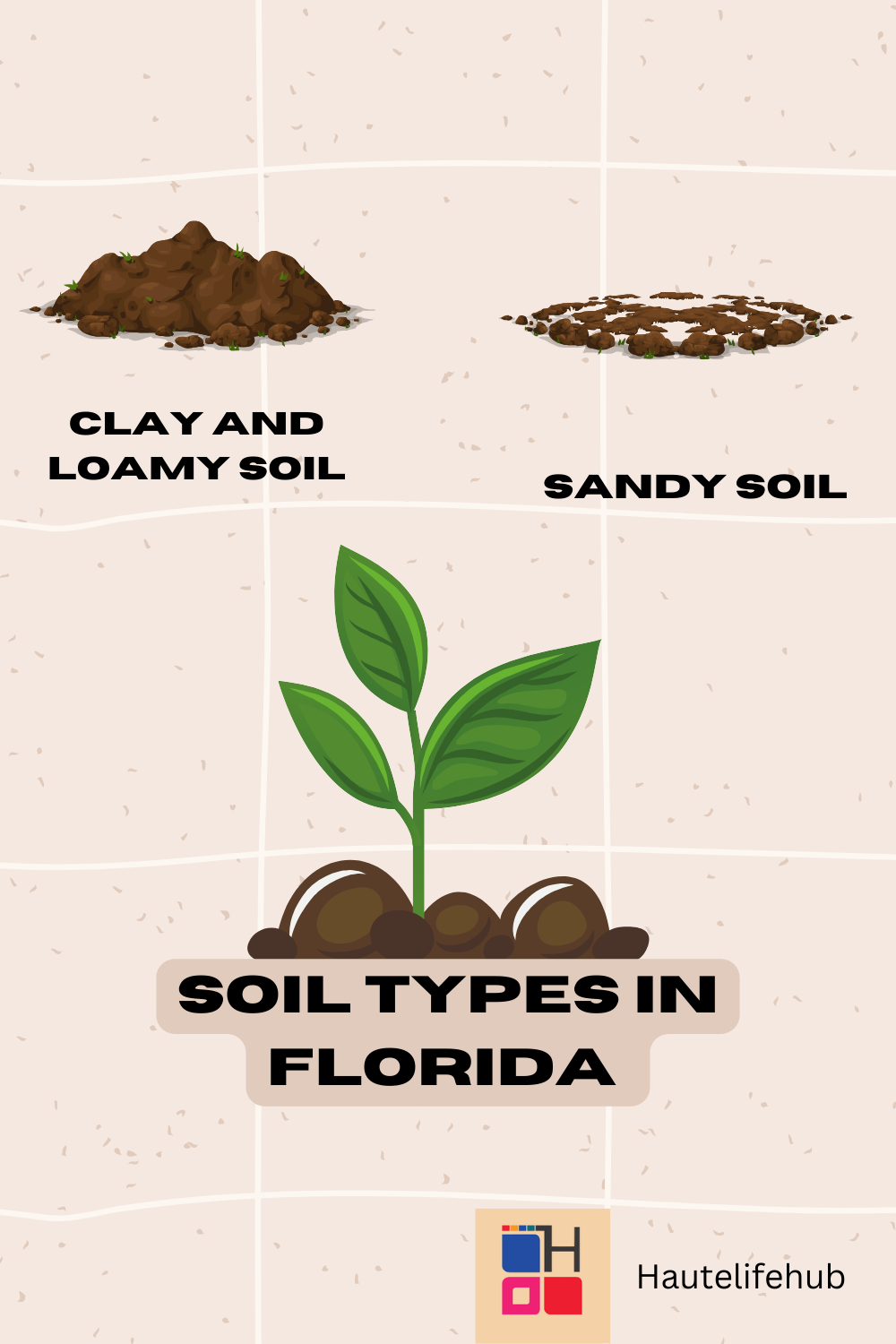
2. Clay and Loamy Soil
Found in specific Florida regions, these soils hold water and nutrients better than sandy soil. They require good drainage to prevent waterlogging. Adding organic matter and aeration improves soil structure, enhancing plant growth and productivity.
- Prevalence: Found in specific areas of Florida, such as parts of the Panhandle and certain inland regions.
- Characteristics:
- Water Retention: Clay and loamy soils hold water and nutrients better than sandy soils due to their finer particle size and higher organic content.
- Drainage: While these soils retain water well, they can also become waterlogged if drainage is not managed properly.
- Improvement Tips:
- Drainage: Ensure proper drainage by incorporating organic matter and, in some cases, installing drainage systems.
- Aeration: Regularly aerating the soil can prevent compaction, especially in clay soils, enhancing root growth and water infiltration.
Planting Seasons and Plants in Florida
Understanding the optimal planting seasons helps maximize crop yields and ensures healthy, robust plants.
Cool Season (Fall/Winter):
- Leafy Greens: Lettuce, kale, spinach
- Root Vegetables: Carrots, radishes
- Legumes: Peas
Warm Season (Spring/Summer):
- Fruits and Vegetables: Tomatoes, peppers, cucumbers, squash
- Beans: Various types of beans
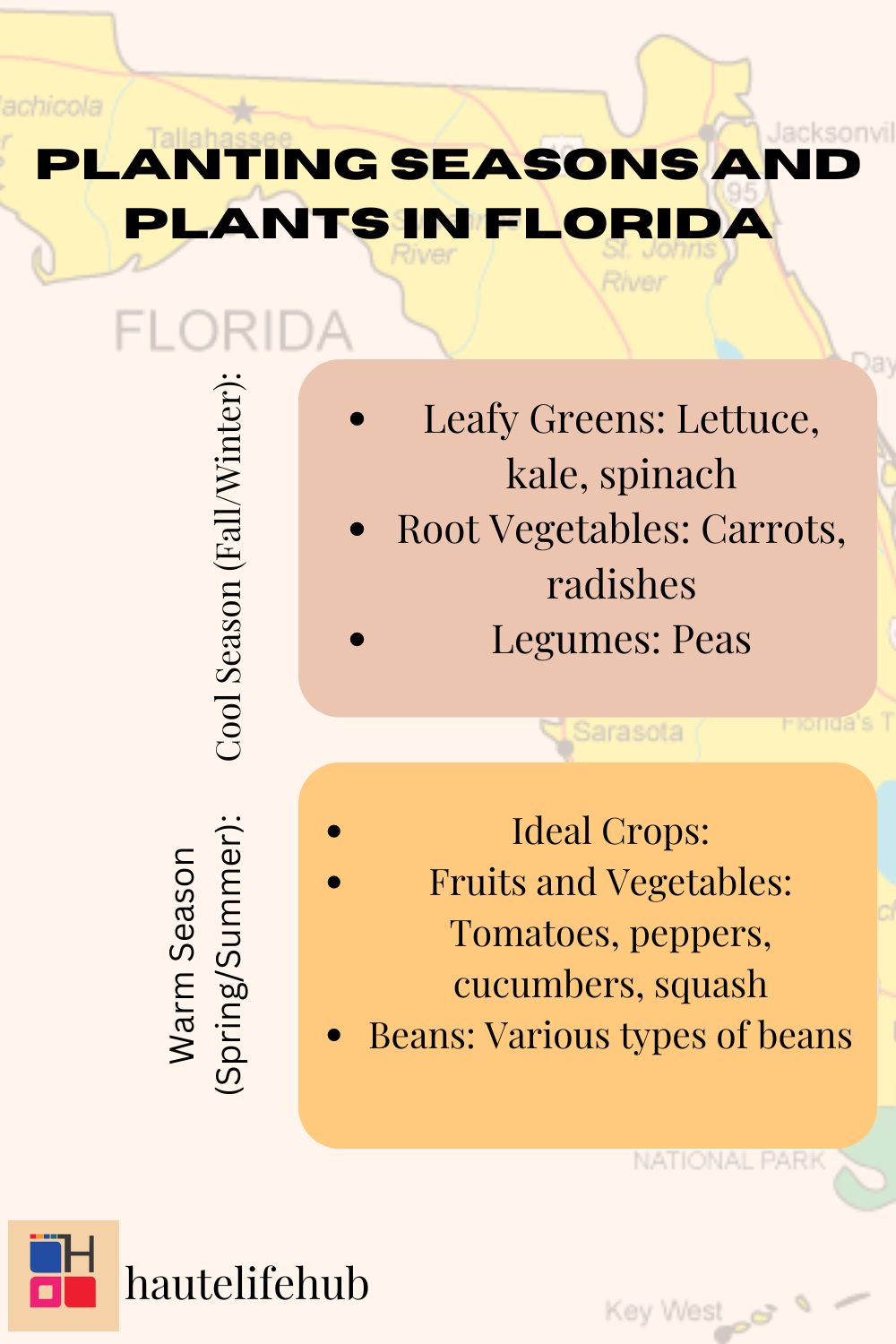
Native Plants of Florida
Using native plants in gardening offers numerous benefits, including reduced water usage and increased resilience. Here are some examples of native plants in Florida:
Flowers of Florida
- Coreopsis: Known for its bright yellow flowers.
- Blanket Flower (Gaillardia): Features red and yellow daisy-like blooms.
- Beach Sunflower (Helianthus debilis): Produces cheerful yellow flowers.
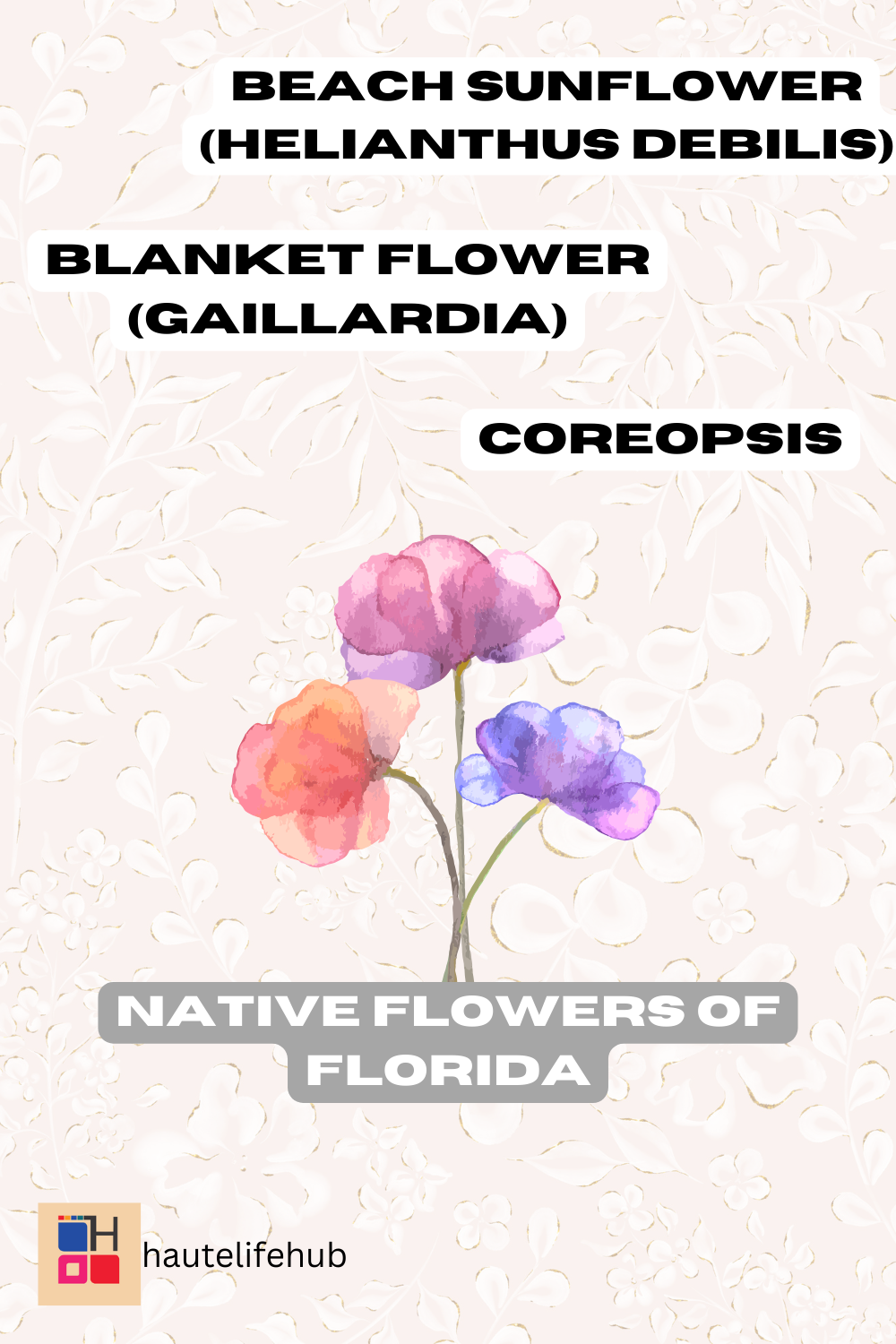
Shrubs of Florida
- Saw Palmetto (Serenoa repens): A low-growing palm with fan-shaped leaves.
- Coontie (Zamia integrifolia): A cycad with fern-like leaves.
- Firebush (Hamelia patens): Attracts hummingbirds with its tubular red-orange flowers.
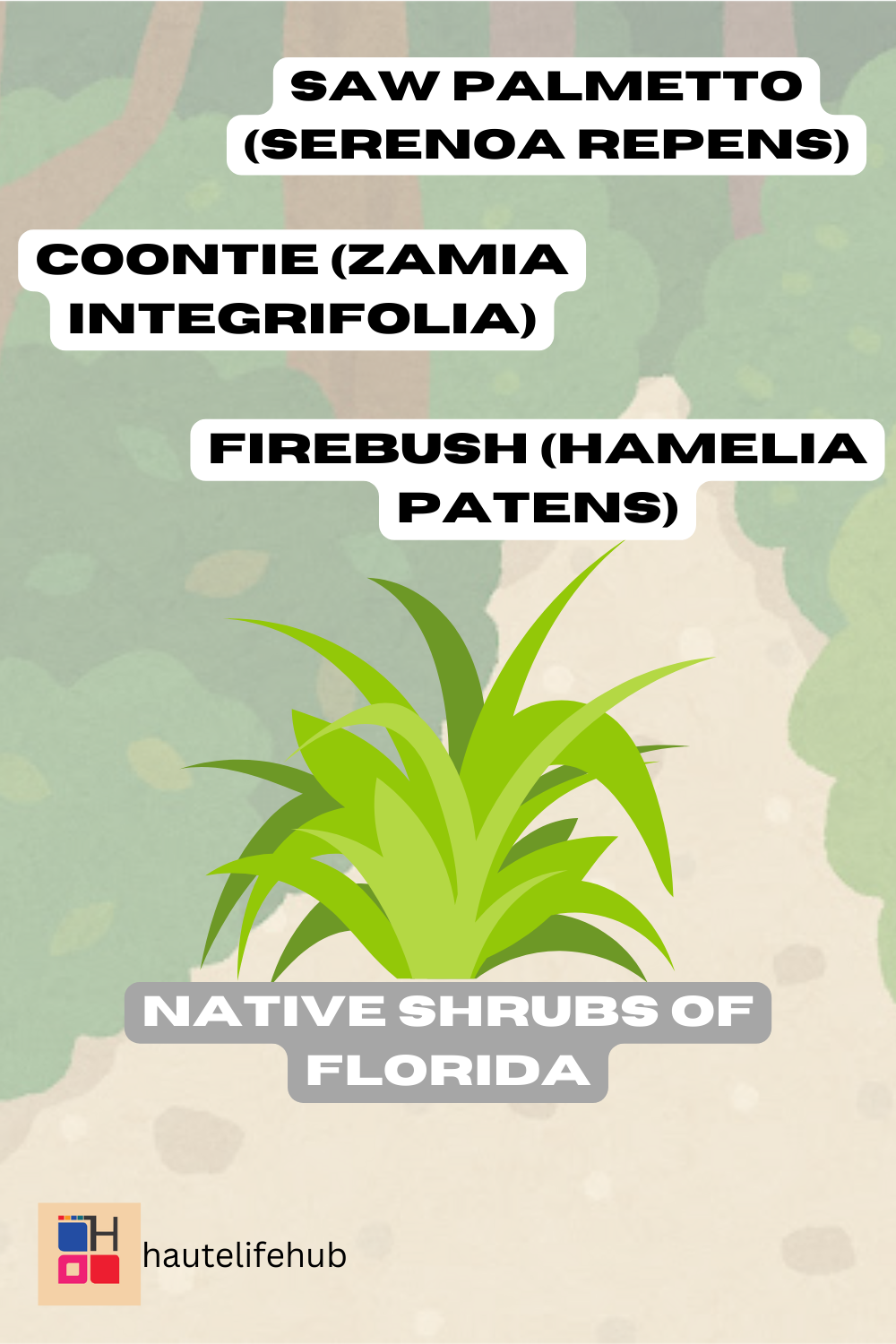
Trees of Florida
- Live Oak (Quercus virginiana): Iconic and long-lived, with spreading branches.
- Southern Magnolia (Magnolia grandiflora): Known for its large, fragrant white flowers.
- Bald Cypress (Taxodium distichum): Thrives in wet conditions with feathery green foliage.

Pest Management in Florida Gardens
Common Pests:
- Aphids: Small insects that feed on plant sap.
- Whiteflies: Tiny insects that suck plant juices and can transmit diseases.
- Caterpillars: Larval stage of moths and butterflies that can eat foliage.
- Nematodes: Microscopic worms that live in soil and can damage roots.
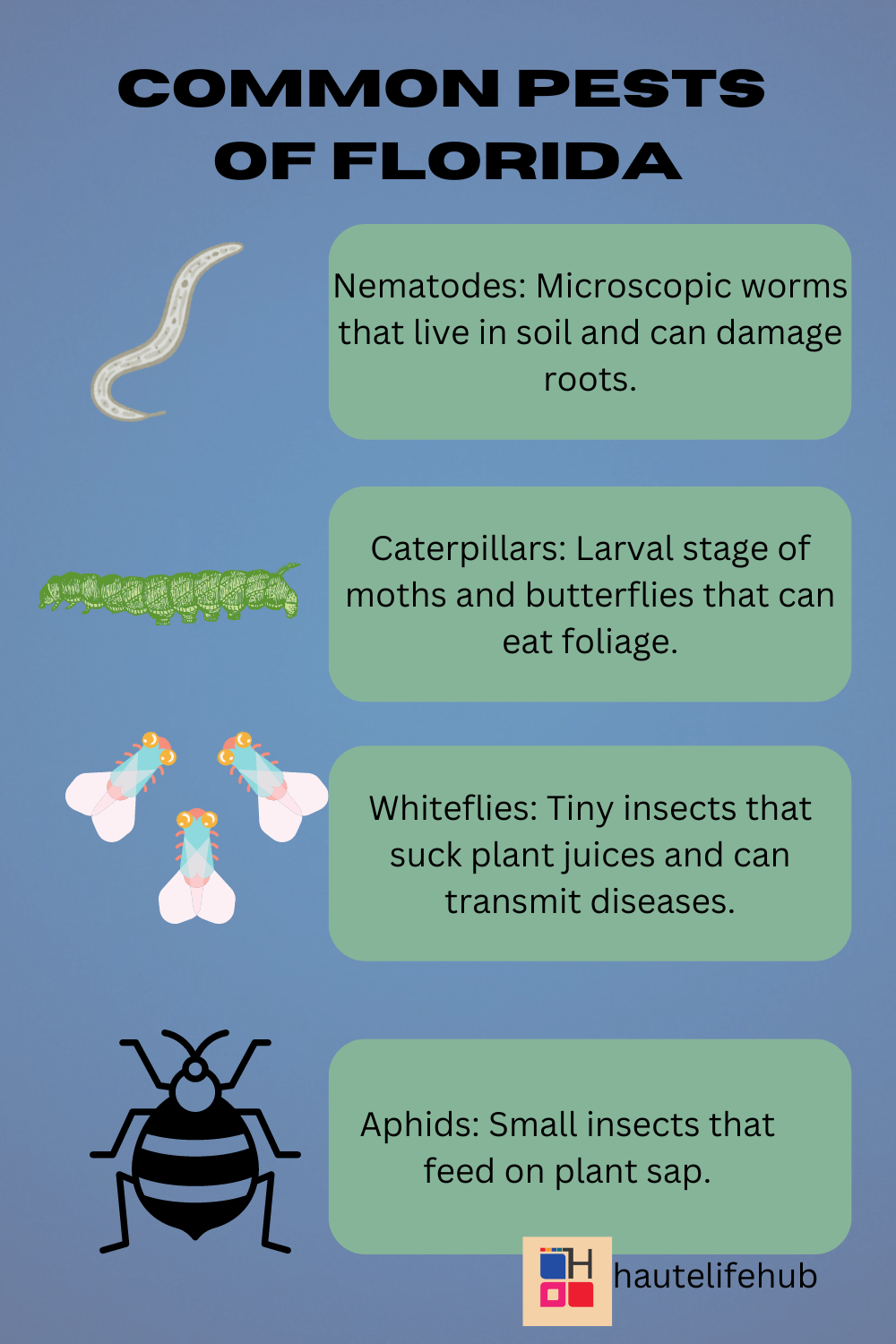
Integrated Pest Management (IPM):
Implementing IPM strategies helps manage pests effectively while minimizing environmental impact and promoting garden health.
- Biological Control: Introduce or conserve natural enemies like ladybugs and lacewings to prey on pests.
- Cultural Control: Rotate crops, use resistant plant varieties, and maintain plant health to reduce pest susceptibility.
- Mechanical Control: Hand-pick pests, use barriers like row covers, and prune affected plant parts.
- Chemical Control: Use pesticides as a last resort and apply them selectively according to label instructions and environmental conditions.
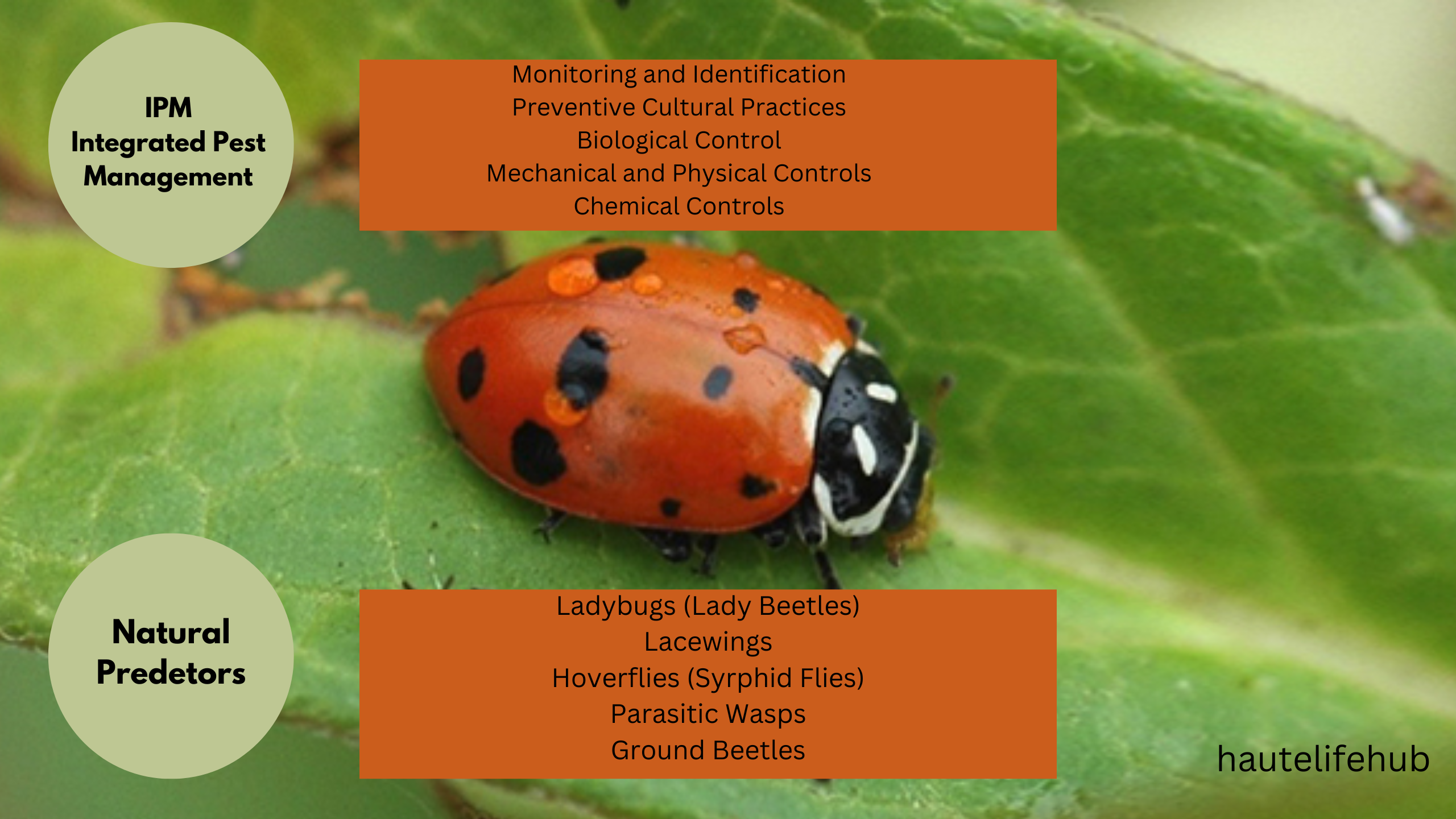
Watering Practices in Florida Gardens
Implementing these practices can significantly improve water efficiency and plant health in Florida’s climate, where water conservation is essential.
Irrigation
- Drip Irrigation: Efficiently delivers water directly to the roots of plants, reducing water waste and evaporation.
- Soaker Hoses: Another effective method for targeted watering, especially useful in gardens with rows of plants.
Mulching
- Helps Retain Soil Moisture: Reduces evaporation from the soil surface, keeping the soil consistently moist.
- Suppresses Weeds: Prevents weed growth by blocking sunlight and inhibiting weed seed germination.
Special Considerations for Florida Gardens
These considerations will help you maintain a healthy and resilient garden in Florida, adapting to its unique climatic challenges.
Hurricanes of Florida
Runs from June 1 to November 30, with the peak typically occurring between August and October. Hurricanes are classified into five categories based on wind speed, using the Saffir-Simpson Hurricane Wind Scale:
- Category 1: 74-95 mph
- Category 2: 96-110 mph
- Category 3: 111-129 mph (considered major)
- Category 4: 130-156 mph
- Category 5: 157 mph or higher
Tips for Hurricanes
- Wind-Resistant Plants: Choose plants that can withstand strong winds, such as:
- Palms: Many varieties are wind-resistant.
- Live Oak: Known for its sturdy branches.
- Sabal Palm: Native to Florida and can tolerate hurricane-force winds.
- Garden Placement: Plant gardens in areas protected from prevailing winds, such as near walls or other structures.

Heat of Florida
- Shade for Delicate Plants: Provide shade during the peak of summer to protect plants from excessive heat and sunburn.
- Use shade cloth or plant taller plants to provide natural shade.
- Plant delicate species in areas that receive morning sun and afternoon shade.
- Mulching: Helps keep soil temperatures cooler and retains soil moisture, which is beneficial during hot periods.
Resources for Florida Gardeners
- Local Extension Services:
- University of Florida’s IFAS Extension: Offers valuable resources, research-based information, and advice tailored to Florida’s unique conditions.
- Website: UF/IFAS Extension
- Services: Provides guidance on gardening, agriculture, pest management, and more.
- Local Offices: Available across Florida, offering workshops, classes, and plant clinics.

2. Gardening Clubs:
- Benefits: Joining local gardening clubs provides support, shared knowledge, and networking opportunities with experienced gardeners.
- Meetings: Typically include guest speakers, plant exchanges, and garden tours.
- Community: Connect with fellow gardeners to exchange tips, experiences, and advice specific to your area.
3. Additional Resources:
- Florida Native Plant Society: Focuses on preserving, conserving, and restoring the native plants and native plant communities of Florida.
- Website: Florida Native Plant Society
- Local Garden Centers: Provide plant recommendations, gardening supplies, and advice tailored to local conditions.
Frequently Asked Questions
Yes, Florida is excellent for gardening due to its warm climate and long growing season. It supports diverse plant varieties, including tropical fruits and vegetables. However, gardeners must manage challenges like high humidity, pests, and sandy soil. With proper care and suitable plant selection, Florida gardens can thrive year-round.
In Florida, several vegetables thrive due to the state’s warm climate and long growing season. These include:
Tomatoes
Peppers (bell and hot)
Eggplant
Beans (snap, pole, lima)
Okra
Cucumbers
Squash (summer and winter)
Lettuce
Spinach
Carrots
citrus, sugarcane, tomatoes, peppers, cotton, watermelons, peanuts, snap beans, and potatoes
